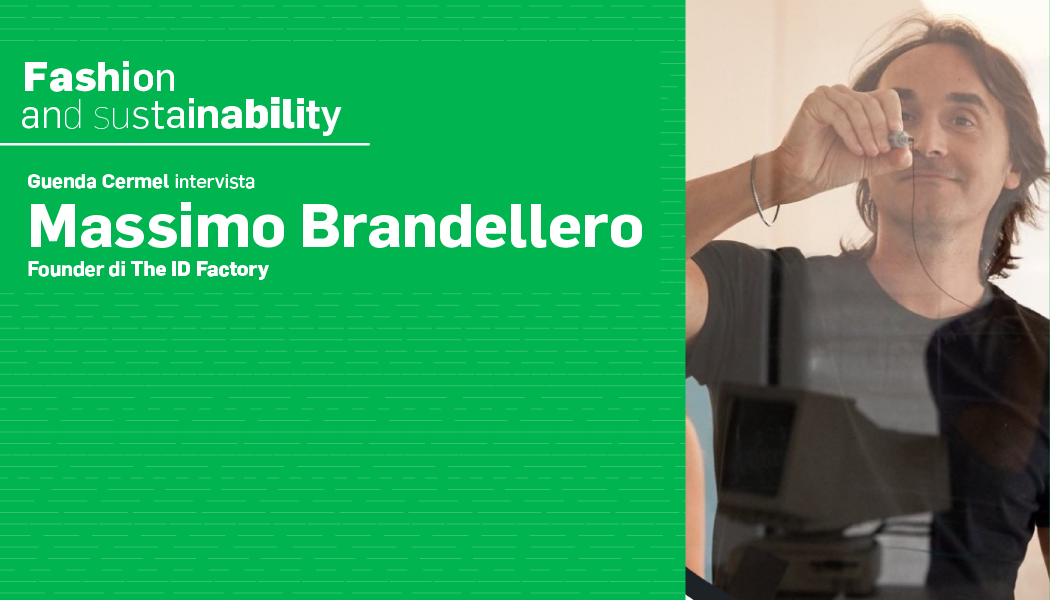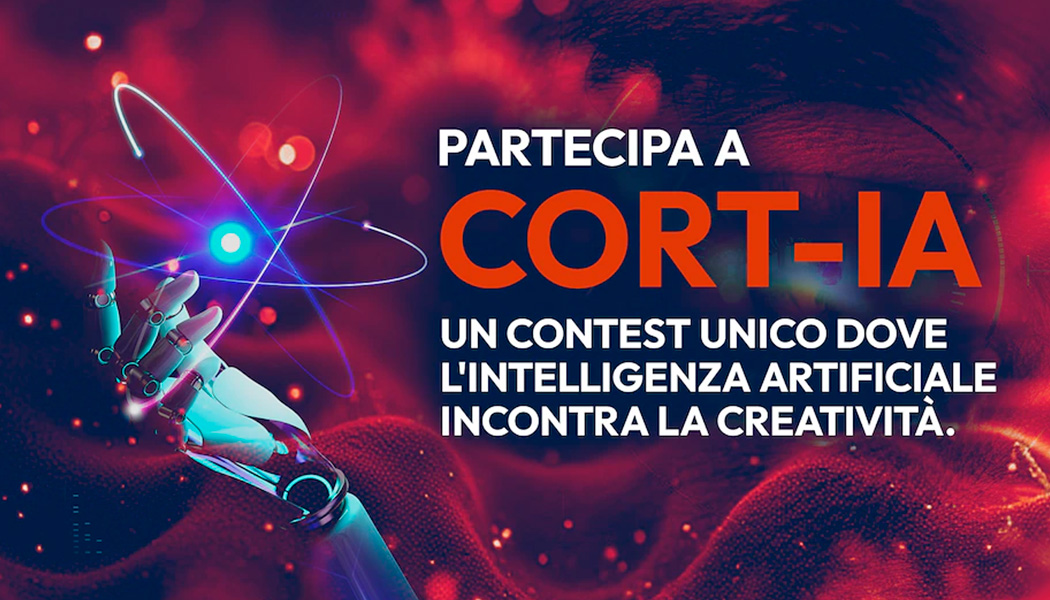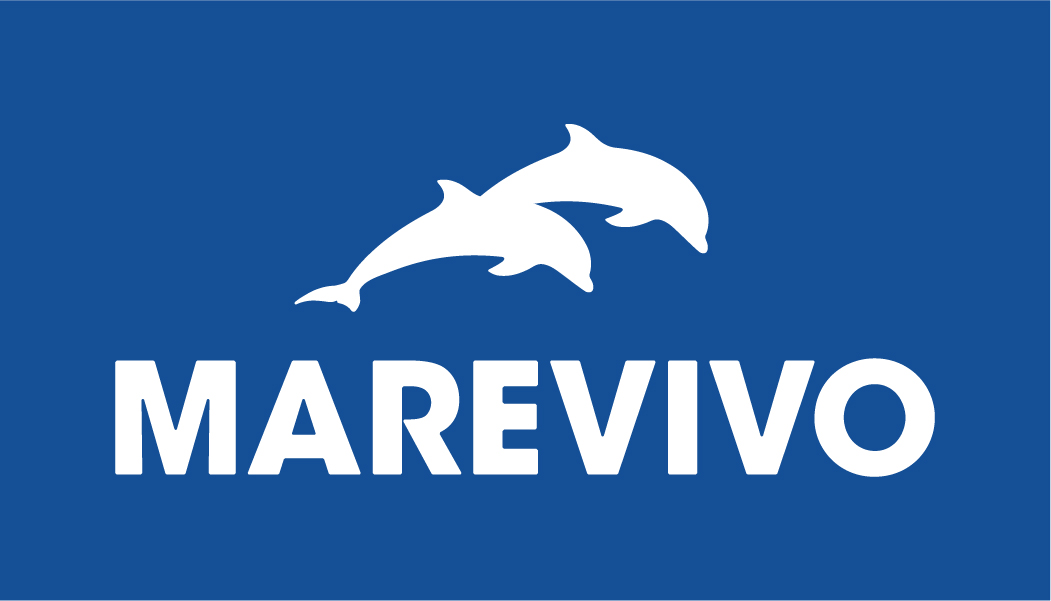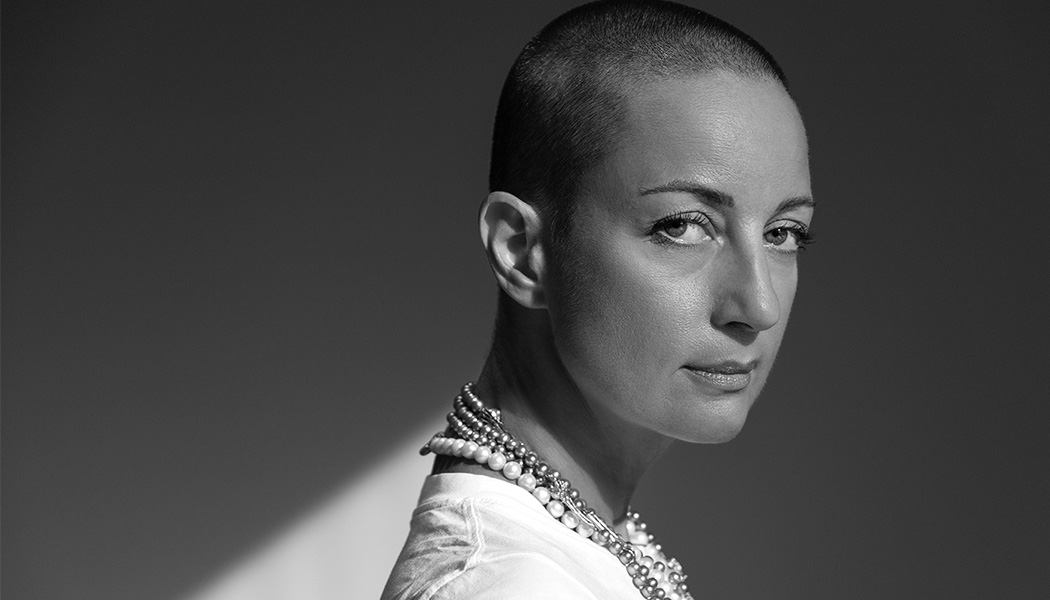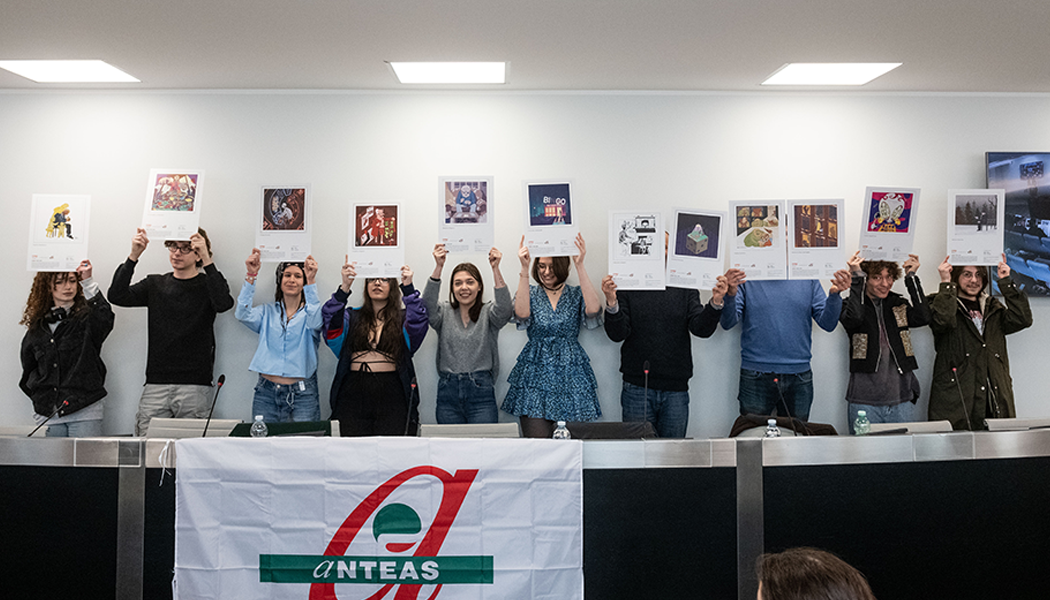New appointment of the format “Fashion & Sustainability – Let’s Talk”.
Guenda Cermel, coordinator of the course in Sustainabale Fashion Design, talks openly with Massimo Brandellero, Founder of the innovative enterprise The ID Factory.
A relevant case study of the fashion industry, The ID Factory helps all the people working ‘behind’ the product to communicate with each other, bringing together over 500 companies to make the supply chain traceable and transparent. An innovative platform that stems from the growing demand for transparency from buyers: the aim is to provide brands in the fashion world – with very complex and globally dispersed supply chains – with a service that allows them to monitor all the flows and movements that happen: orders, delivery dates, order confirmations and shipments, from supplier to customer.
The ID Factory is committed to supporting and implementing fashion sustainability. How does the contribution of the fashion designer fit into this value chain? What are the crucial questions he should ask himself?
A fashion designer in this landscape in the fashion industry first of all has to look without preconceptions at what sustainable fashion is.
There are still cognitive biases that characterise it as limiting or non-aesthetic, when the reality today is that technology, research and innovation prove to be valuable allies for the designer and his creativity.
Furthermore, the designer must be aware that his choices have a very important impact if they are made including the fundamental principles of circular design.
The ID Factory, with its services, impacts the entire fashion supply chain, particularly upstream, in tracking the supply chain, and downstream, in providing transparent information to the market. In between is the vision of the entrepreneur and the awareness of the customer. How is the current mindset evolving towards a greater awareness of the impacts of one’s fashion choices, both production and consumption?
On the customer side, awareness has triggered a mechanism whereby people continue to be informed, investigate the issue and demand transparency and answers from brands.
Purchasing habits have also certainly changed: an informed person tends to buy less and better, favouring artisanal, second-hand or second-hand products. There is beginning to be more education around the cost of a single product, which is looked at not only in terms of price but also value. The same goes for production processes and the desire to become informed about how to care for garments to increase their durability.
We can say that shopping is slowly returning to being a moment to enjoy, an engaging occasion, especially if consumers also have access to the story behind the product.
In this sense, the entrepreneurial and corporate vision is changing: there is all the interest in meeting consumers’ desires through an engaging narrative that concerns the individual garment, from the raw materials with which it is made, continuing along the entire supply chain, to the finished product.
All this is possible through Digital ID or product passport, which, by scanning a smart tag, tells the story: how the idea was born, where and who made it and, in the case of a recycled or second-hand product, who wore it before or, even, what the product was before its current form. Thanks to today’s techniques, a backpack can become a costume, a pair of glasses into a jacket.
Speaking of the supply chain, we notice a change in the way the brand perceives all the other actors: they are no longer seen as mere suppliers, but as partners in a value chain. Everyone is interdependent, because everyone’s contribution makes it possible to arrive at the final objective, which is and must be shared. There is therefore more attention to the human component, to workers’ conditions, education, inclusiveness and gender equality. Not forgetting the environment: there is much more focus on compliance aspects, waste management and prevention of unsold goods.
I don’t want to say that this is the norm in the fashion industry today, but you can perceive a strong change taking place in this direction. And it is a turn that bodes well for the future.
How can Greenwashing be countered in a proactive manner?
Greenwashing is something pervasive, which affects each and every one of us. A beast that lurks in the shadows and feeds on unawareness.
Just recently we held a panel discussion entitled ‘How to fight Greenwashing’, which was very well attended, even by high profiles in the fashion industry.
We approached the topic from the perspective of brands, but also from a communication and legal perspective, with guests from the B Corp world.
The solution we arrived at is that to fight it we need to be clear, honest and transparent. In a word: we need data.
The monda world has fallen victim to a legacy based on slogans and sweeping claims: until recently, data was used to defend against the demands of the law, compliance or investors on duty. Today, however, data can be used proactively, as if it were a sword rather than a shield.
The more obsessed we are with data, the more we collect, process and systematise it, the more the grey areas thin out. Data gives us a clear view of what we have done, but more importantly where we are going. Consequently, it helps us to adjust our focus.
Possessing structured information and certifying it with the support of technology, which makes it immutable, means being able to communicate to the end consumer, but also to all stakeholders, without fear of being questioned. It means achieving transparency. When one is fully transparent, one has already gone beyond trust, chased by many, and this is a luxury few still have.
The philosopher landscape architect Gilles Clément says that when designing a garden, it is good to do as much in favour of nature and as little against. This metaphor is also applicable to the concept of sustainability in fashion. What means does The ID Factory put at the service of fashion companies to become more sustainable?
There is a quote by William E. Dening, which I totally agree with, that says: “Without data you are just another person with an opinion.”
Data in itself is neither good nor bad: the difference is all in how you use it, for what purposes.
Our goal as The ID Factory is to make the fashion industry as traceable and transparent as possible, and achieving this means putting brands in control. Gaining visibility along the supply chain by collecting data in a structured way means being able to make strategic choices in a timely, clear and above all in the direction of what is really important for your business.
Without visibility, without data, it is not only very complex to make informed decisions, but it becomes impossible to identify critical issues and remedy them.
With traceability, brands have full control over their choices, can provide transparency to their customers, and are aware of the impact they have at any given time.
The ID Factory uses technology as an enabler; one of its strengths is the development of a digital garment passport, which allows the customer to find all the information that impacts on its sustainability: materials, suppliers, etc. Is it only used today for new productions or also in the up-cycle/ re-cycle field? Do you foresee that one day it will also provide information on design?
To date, the product passport is only used for new productions with the aim of giving real-time visibility to the brand and the actors in the supply chain on the production processes, with the opportunity to share information on the origin of the product also with the end consumer.
The use of a unique identifier associated with the materials and the finished product (QR Code) also allows the precise in and out estimation of the material used in production, in order to have visibility on the production waste and allow on the basis of this information the implementation of systems for the industrial upcycling of pre-consumer waste identified and traced along the supply chain.
In other words, up-cycling opportunities are not related to post-consumer (e.g. a discarded garment) but to pre-consumer (i.e. cutting waste or deadstock). As for design information, it can be provided when the brand deems it crucial, so it depends very much on a case-by-case basis. With this in mind, The ID Factory has developed a dynamic data collection system, which can be customised according to the type of data the brand considers of interest to its end consumers.
The added value of our solution is the automation of data collection in order to facilitate information sharing.
Point 17 of the UN 2030 Agenda for Sustainable Development refers to working together on common goals. The ID Factory is a BCorp. Do you have a network of fashion companies united by the same principles? What are your common goals? How do you monitor them?
We became a B Corp in June 2021 after a lot of hard work, but we were always convinced that certification was not an end point, but the beginning of a new journey. Among other things, we realised that in order to generate a positive impact, one that really makes a difference, you cannot be alone: you need continuous exchange, contamination, confrontation, support.
This is why, a few months after obtaining the certification, we launched a new project, B Corp B Fashion. B Corp B Fashion is the first community within the B Corp ecosystem that aims to bring together in one place all the B Corps of the fashion world, but also those fashion brands that want to become one.
We want to promote a regenerative and sustainable fashion model and we do this by sharing best practices and ideas among our members, which can come from both established realities and those who have just entered the B Corp world.
Find out more about The ID Factory
.
